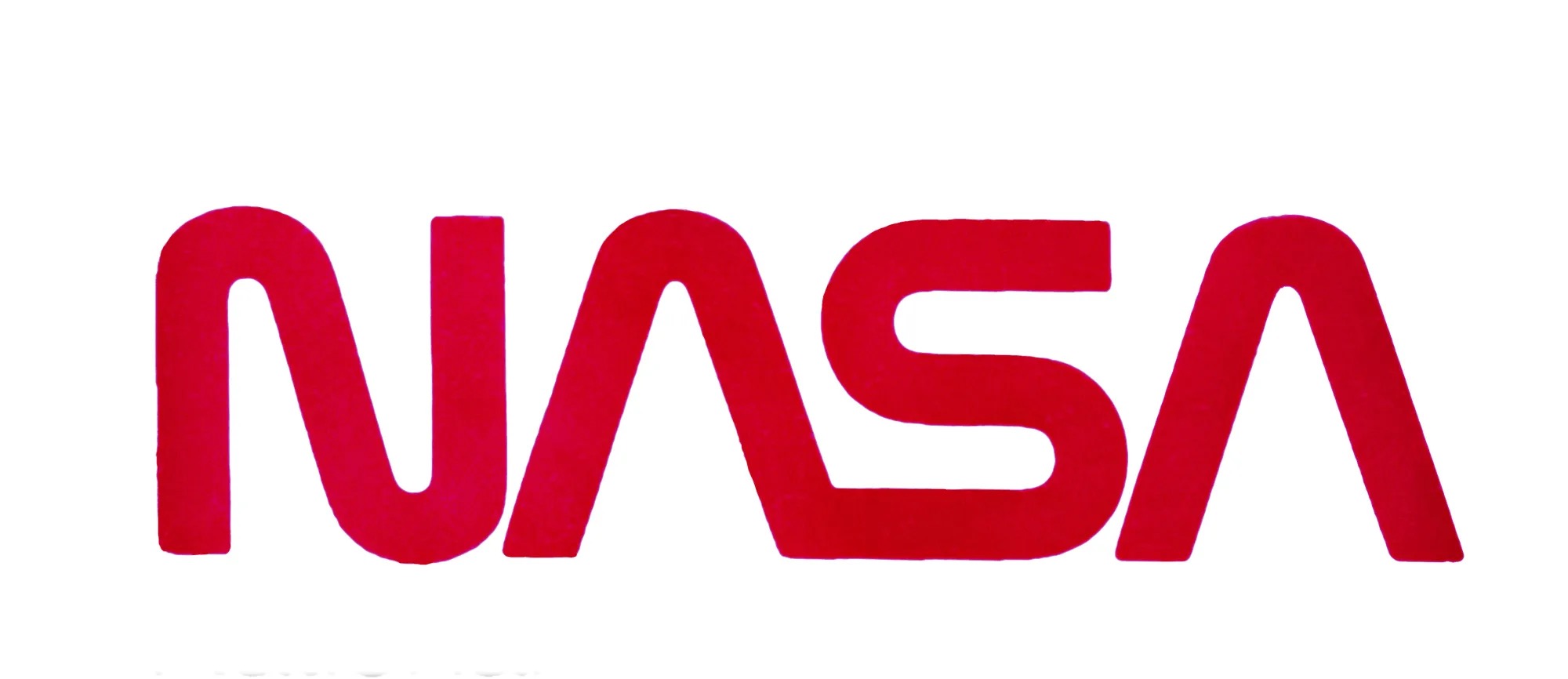From The National Aeronautics and Space Administration
6.11.24
Sarah Mann
sarah.mann@nasa.gov

Virgin Galactic
NASA’s Flight Opportunities program sent two university payloads on suborbital flight tests onboard Virgin Galactic’s VSS Unity on June 8 when it launched from Spaceport America in Las Cruces, New Mexico.
The payloads carrying scientific research from University of California, Berkeley and Purdue University in West Lafayette, Indiana, align with critical technology needs that NASA has identified in pursuit of the agency’s space commerce and exploration goals. The payload from UC Berkeley studied a new type of 3D printing and the payload from Purdue studied how sloshing of liquid propellant affects spacecraft direction.
The need to print building materials in space without having to transport them will be critical in the coming years as humans live and work in space for longer durations. Optimizing spacecraft and satellite design will help us increase the rate of scientific discoveries both here on our home planet and on the Moon, Mars, and beyond.
“Our program enables researchers to move from the lab to flight test rapidly, and in many cases, multiple flight tests across different commercial vehicles. This allows them the invaluable opportunity to learn from initial tests, implement improvements, and then fly again – or as we like to say, ‘fly, fix, fly,’” said Danielle McCulloch, program manager for Flight Opportunities at NASA’s Armstrong Flight Research Center in Edwards, California.
See the full article here .
Comments are invited and will be appreciated, especially if the reader finds any errors which I can correct.
five-ways-keep-your-child-safe-school-shootings
Please help promote STEM in your local schools.

The National Aeronautics and Space Administration is the agency of the United States government that is responsible for the nation’s civilian space program and for aeronautics and aerospace research.
President Dwight D. Eisenhower established the National Aeronautics and Space Administration (NASA) in 1958 with a distinctly civilian (rather than military) orientation encouraging peaceful applications in space science. The National Aeronautics and Space Act was passed on July 29, 1958, disestablishing NASA’s predecessor, the National Advisory Committee for Aeronautics (NACA). The new agency became operational on October 1, 1958.
Since that time, most U.S. space exploration efforts have been led by NASA, including the Apollo moon-landing missions, the Skylab space station, and later the Space Shuttle. Currently, NASA is supporting the International Space Station and is overseeing the development of the Orion Multi-Purpose Crew Vehicle and Commercial Crew vehicles. The agency is also responsible for the Launch Services Program (LSP) which provides oversight of launch operations and countdown management for unmanned NASA launches. Most recently, NASA announced a new Space Launch System that it said would take the agency’s astronauts farther into space than ever before and lay the cornerstone for future human space exploration efforts by the U.S.
NASA science is focused on better understanding Earth through the Earth Observing System, advancing heliophysics through the efforts of the Science Mission Directorate’s Heliophysics Research Program, exploring bodies throughout the Solar System with advanced robotic missions such as New Horizons, and researching astrophysics topics, such as the 



And now NASA’s PACE spacecraft will help us better understand our ocean and atmosphere by measuring key variables associated with cloud formation, particles and pollutants in the air, and microscopic, floating marine life (phytoplankton). These observations will help us better monitor ocean health, air quality, and climate change.

NASA shares data with various national and international organizations such as The Japan Aerospace Exploration Agency [国立研究開発法人宇宙航空研究開発機構](JP) and The European Space Agency [La Agencia Espacial Europea] [Agence spatiale européenne] [Europäische Weltraumorganization](EU).

